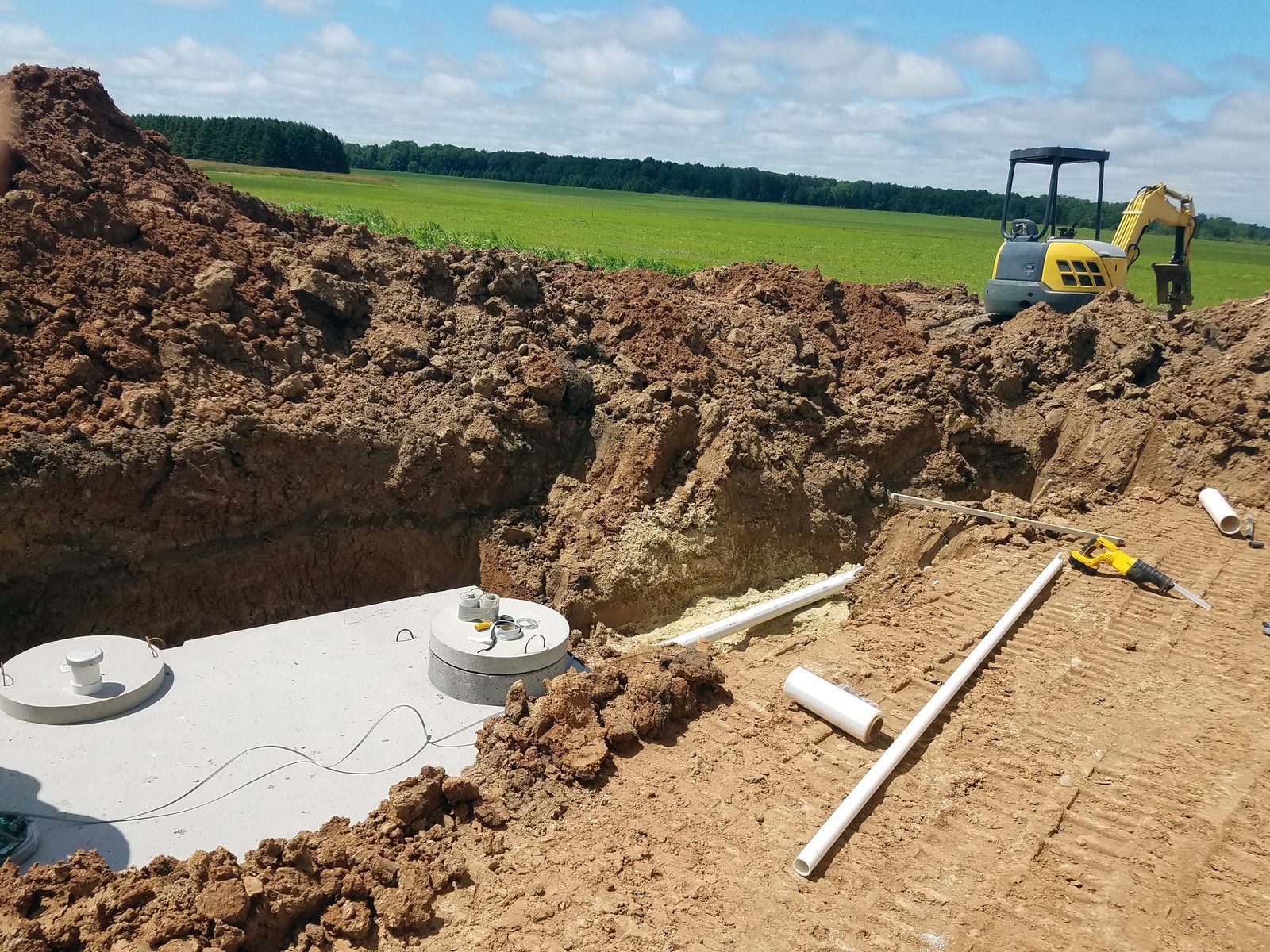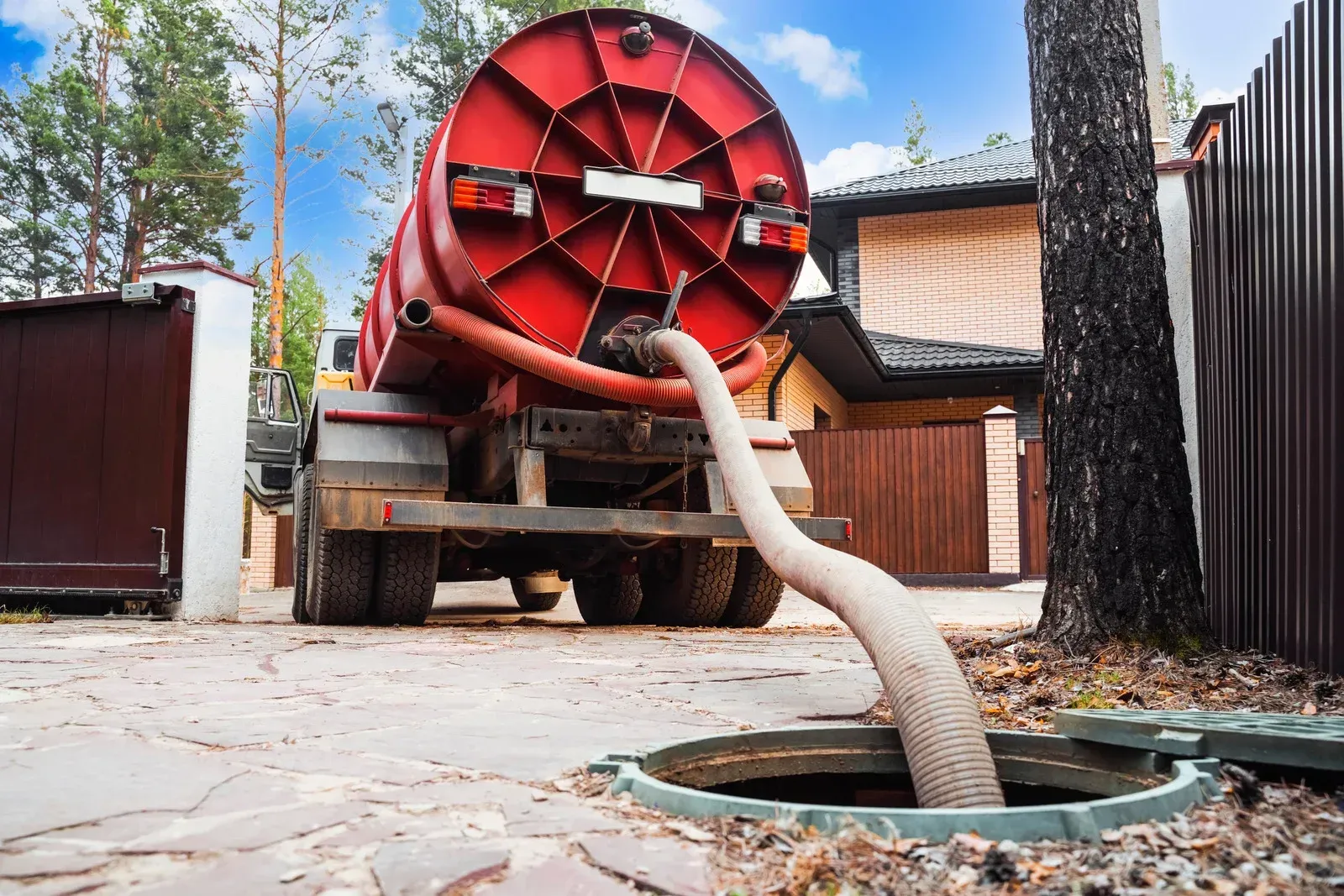Types of Septic Tanks: Materials, Sizes, and Installation Techniques
Septic tanks are essential for controlling domestic wastewater in places without municipal sewer systems. To meet varied household demands, they are made of different materials, come in different sizes, and are available in different varieties. Furthermore, various installation methods depend on the site's characteristics, local laws, and kind of soil.
Types Of Septic Tanks
1. Concrete
One of the most popular forms of septic tanks is made of concrete. They are corrosion-resistant, strong, and long-lasting. Concrete tanks are appropriate for various soil situations since they can handle heavy weights and pressure. Over time, though, they might be subject to cracking.
2. Fiberglass
Due to their lightweight design, fiberglass septic tanks are easier to construct and move. They are also more durable than concrete tanks because they resist corrosion and fracture. Areas with threatening soil conditions or high water tables are good for fiberglass tanks.
3. Plastic
Plastic septic tanks are corrosion-resistant, lightweight, and portable. They are available in a range of sizes and forms and are reasonably priced. However, plastic tanks can be more vulnerable to harm from large tools during installation.
Sizes Of Septic Tanks
Sizes of septic tanks differ based on things like water usage, home size, and municipal laws. The most common sizes are between 1,000 and 2,500 gallons, while larger tanks might be used in commercial or industrial settings. Selecting the appropriate size is essential to guarantee effective wastewater treatment and avoid problems such as overflowing tanks or early system failure.
Larger households could need a 1,500- or 2,000-gallon tank, while smaller households might get by with a 1,000-gallon tank. When choosing the right size, it is critical to consider the number of residents, daily water demand, and how frequently the tank needs to be pumped.
Installation Techniques
Site Evaluation
A complete site evaluation is required prior to the installation of a septic tank to determine the kind of soil, the level of groundwater, and any local laws. This evaluation benefits the placement, depth, and drainage field design of the tank.
Excavation
Excavation is necessary to create an area for the drainage field and septic tank. It helps to guarantee correct tank placement and avoid damaging underground utilities.
Tank Placement
After digging the hole, a large gear is used to carefully drop the septic tank into position; proper placement is essential for setback regulations to be followed.
Connection and Backfilling
Once the tank is in position, inlet and outlet pipes are connected to the home plumbing system. Then, dirt is added to the tank to provide it with support and stability.
Installation of a Drainage Field
A drainage field sometimes called a leach field, comprises pipes with holes sunk in gravel-filled channels. It receives wastewater from the septic tank, which the soil filters and treats.
Final examination
Following installation, a final examination is carried out to ensure the septic system is operating properly and in accordance with local laws.
To sum up, septic tanks are available in various shapes, sizes, and materials, each with unique benefits and considerations. Proper installation methods depend on the durability and effectiveness of the septic system and on meeting local laws. Homeowners should collaborate with qualified experts to design and construct a septic system suited to their unique requirements.





